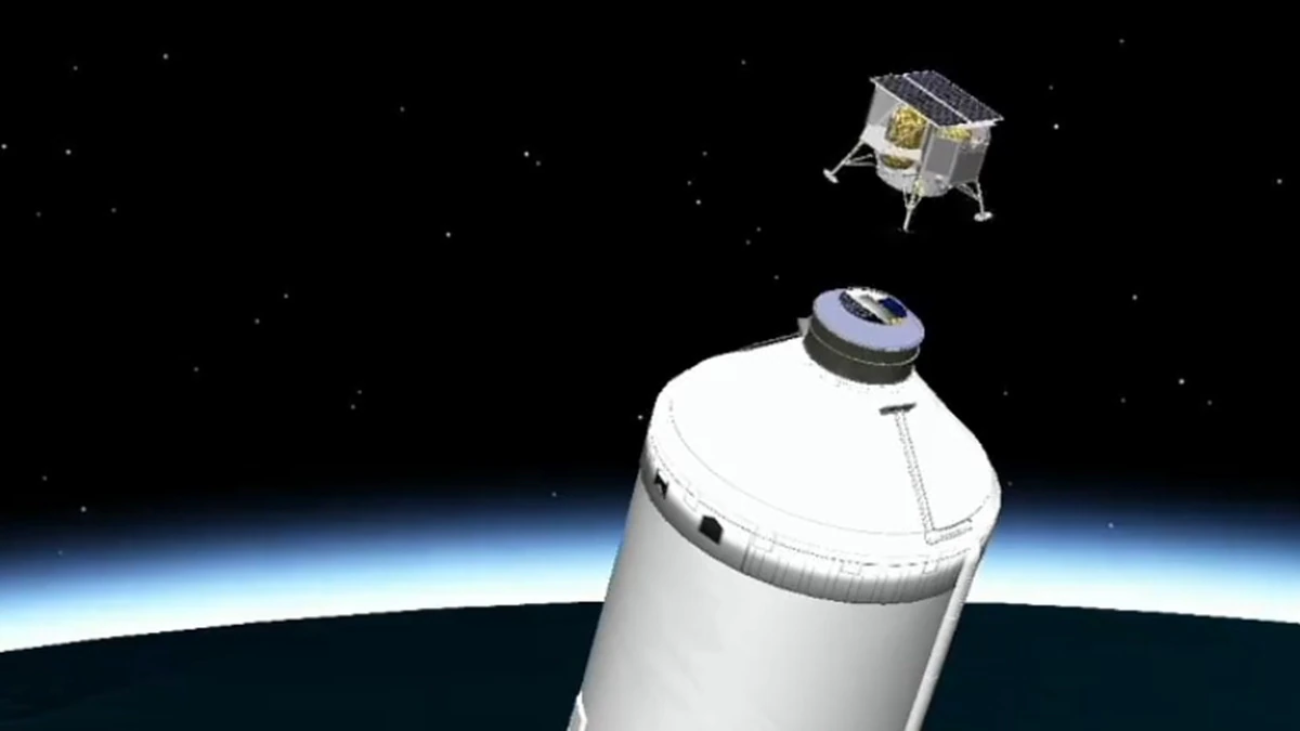So, the Peregrine spacecraft, on a mission to land on the moon and make history as the first US lunar lander in over 50 years, is now on a detour back to Earth. What happened, you ask? Well, it turns out a nasty fuel leak played the villain and crushed its lunar dreams. Let’s break down the saga.
1. The Fiery Goodbye: Fuel Leak Kills Lunar Ambitions
Last week, Peregrine took off, all hyped up for its lunar escapade. But fate had other plans. A fuel leak and some wonky solar-powered battery issues meant the moon landing was a no-go. Astrobotic Technology, the brains behind Peregrine, had to break the bad news – the spacecraft was turning back towards Earth for a fiery reentry. It’s a major bummer for NASA’s Commercial Lunar Payload Services program, relying on private companies like Astrobotic to explore the moon.
2. Midair Breakup: Choosing a Dramatic Exit
Astrobotic had a tough call to make – how to end Peregrine’s journey. They could’ve just let it drift into space, becoming a lonely piece of cosmic clutter. But no, that wasn’t cool. Instead, they decided on a dramatic exit – letting Peregrine disintegrate midair during reentry. According to Astrobotic, it won’t pose any safety risks; the spacecraft will simply burn up in Earth’s atmosphere. Farewell, Peregrine!

3. Coulda, Shoulda, Woulda: Exploring Other Options
Astrobotic could’ve left Peregrine out in the abyss or let it crash on the moon. But they nixed those ideas, worried about the damaged spacecraft causing trouble or becoming lunar litter. The decision to bring it back to Earth came after chatting with the space community and the US Government to figure out the safest move.
4. Hurdles Along the Way: Fuel Leaks and Solar Panel Drama
Peregrine faced some serious hurdles on its way to the moon. First, an “anomaly” messed with its solar-powered battery, making it point in the wrong direction. Then, the fuel leak struck, leaving the spacecraft short on juice to complete its lunar touchdown. Astrobotic tried to keep the mission alive by turning Peregrine into a satellite, but it just wasn’t meant to be.
5. Lessons Learned: Science on the Way Down
Despite the moon landing dream going up in smoke, Peregrine didn’t come back empty-handed. Astrobotic managed to power up some science instruments on board. Two of NASA’s payloads gathered data on space radiation levels, which might not have been the original plan, but hey, it’s still useful.
6. What’s Stuck on Board: Moon-Bound Gear and Human Remains
Unfortunately, not everything went as planned. Some science instruments, like the Laser Retroreflector Array, didn’t get a chance to shine. Plus, lunar gear and tiny robots from the Mexican Space Agency, all set to operate on the moon, are now stuck on the Peregrine lander. Alongside these, Peregrine is carrying mementos, letters, and even human remains – a bit of a cosmic cargo with nowhere to go.
In a nutshell, Peregrine’s moon mission became a wild ride with more twists than a sci-fi movie. As it heads back to Earth for a spectacular finish, Astrobotic and NASA are gearing up to spill more details on this lunar rollercoaster during a news conference. So, stay tuned for the post-mortem of Peregrine’s lunar adventure on January 18!




